Are you ready for a Jerry Maguire moment?
It may not seem that way, but the mission statement for True Crime Rocket Science is to better understand ourselves. We start by analyzing crimes and criminals, but that’s not all we do. There’s more to it than that – there must be. We’re not here just to voyeur endlessly in the swamps of Victimhood. True crime is a vehicle towards understanding our fellow man better, and thence, ourselves. Because ultimately, we want to exit the swamp and live triumphantly, don’t we?
Very often, we seem to get stuck in trying to understand [although that’s not really the right word] the criminals in these stories, and we forget the last part – turning that sharp-eyed understanding back to ourselves, our situations and our society.
Molly Golightly [whatever her name is] has been a regular commentator on this case. She’s clearly a colorful personality and controversial figure. She has offered her opinion on everything from parenting to the efficacy of Thrive patches. And she’s pretty popular with a bunch of people.
Like it or not, the Watts Family Murders are a symptom of our society, and reflects aspects of ourselves back at us. Do we see that though?
Can we?
Like it or not, Golightly is a symptom of our society too, and she too reflects aspects of ourselves back at us. Do we see that though?
So many on social media have been so busy labeling Watts they seem to completely miss all the ways the characters in this story reflect real people, and real pretentiousness in the world. Our world. Us.

Social media is primarily a narcissistic pursuit. So if Watts is a narcissist, he’s not the only one. Are you prepared to be accused of being one yourself, and to face up to that, and to respond to that? Better be if we intend to fix ourselves and our increasingly fucked up society.
If you think Watts is pure evil, a monster and a psychopath, probably all those traits lurk in your world wherever you are, and quite possibly in you. Who knows, some of those traits may appear in Golightly’s neck of the woods – Vegas – from time to time too.
How do we intend to address these troubling aspects, besides wagging the finger at Watts?
To illustrate this point…

But wait, there’s more…


If we’re appalled at Watts’ scheming dishonesty and crafty hypocrisy, do we apply those same standards to ourselves?

In The Matrix, Neo is reminded to Know Thyself.
Here at True Crime Rocket Science we also want to remember that criminal motives and psychology provides a glimpse into our everyday motives and psychology. But it’s one thing to chatter enthusiastically about the culpability and ugliness in others; it’s another thing to acknowledge our own flaws and mistakes, isn’t it?
There’s the rub, isn’t it? Can we be ourselves in the world and be loved and accepted for who we are? What if the world saw us and didn’t like what it saw? Would that be a reason to pretend? Or would it motivate us to be better? Honestly, how do we respond to the world’s disaffection? Do we work harder or do we lie and cheat? Or is it a bit of both?
How many of us choose the hardest part of all:
AUTHENTICITY.

Once we can acknowledge not being perfect, and love our fellow human beings despite their not being perfect [like us], we can be reborn better, and help make our societies and our world better. But it begins by recognizing the flaws in ourselves and working on them, rather than fixating on those of others.
We’re some way on that journey when we come to understand the criminal and the victim/s in a crime as more than that – as people. They may be people we may like in some ways or dislike in particular ways. We may become fond of some of them or develop a revulsion for others, but as long as we see them as people, our own humanity remains intact.
It’s important that it does.
At True Crime Rocket Science we’re not here to judge, condemn or victim blame, we’re here to figure out why people do what they do as a way to figure out ourselves, and make ourselves better, and more accountable.
True justice is accountability and true accountability is when we become authentic people in an authentic world. Authenticity is a beautiful but rare thing these days, but a thing worth aspiring towards, wouldn’t you say?















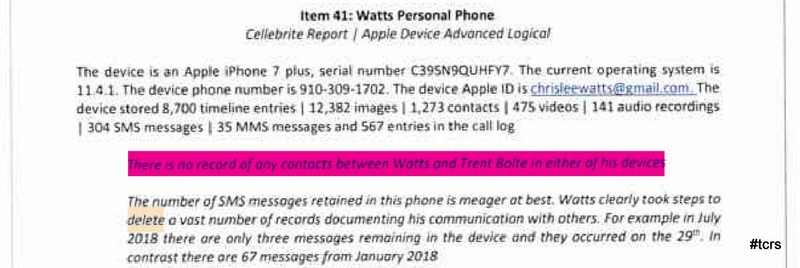

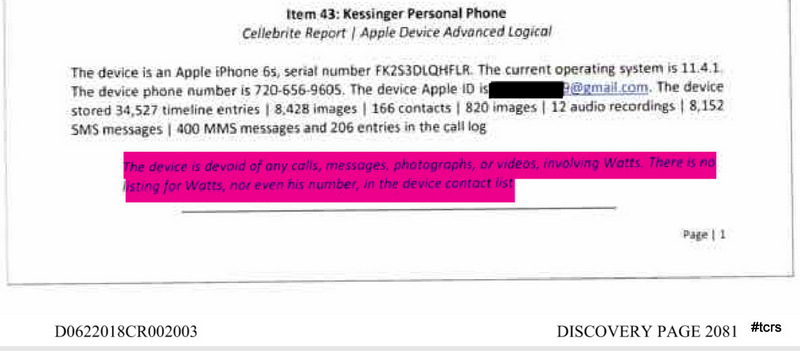
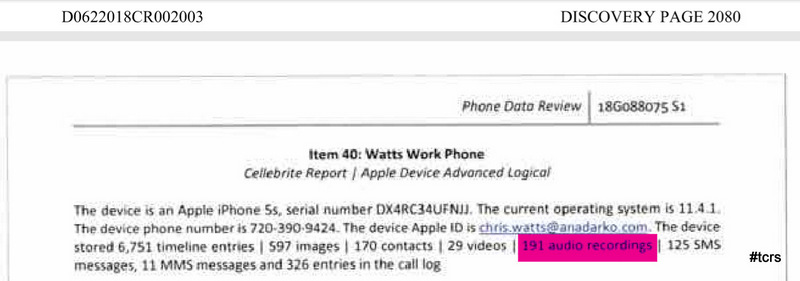
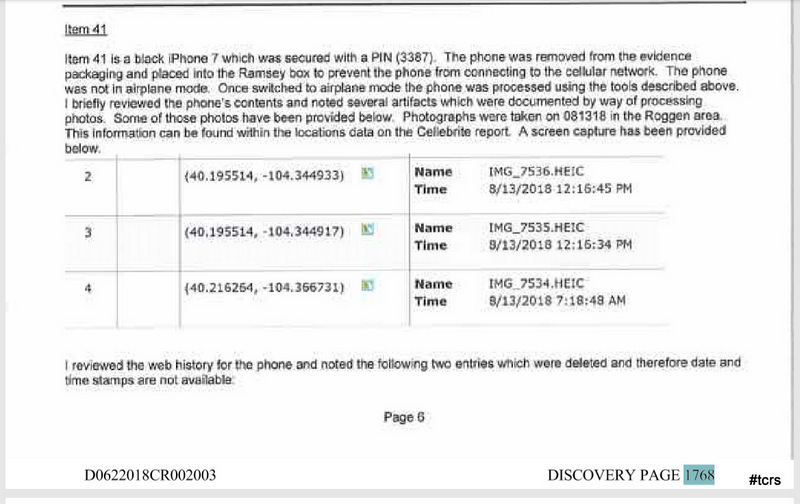
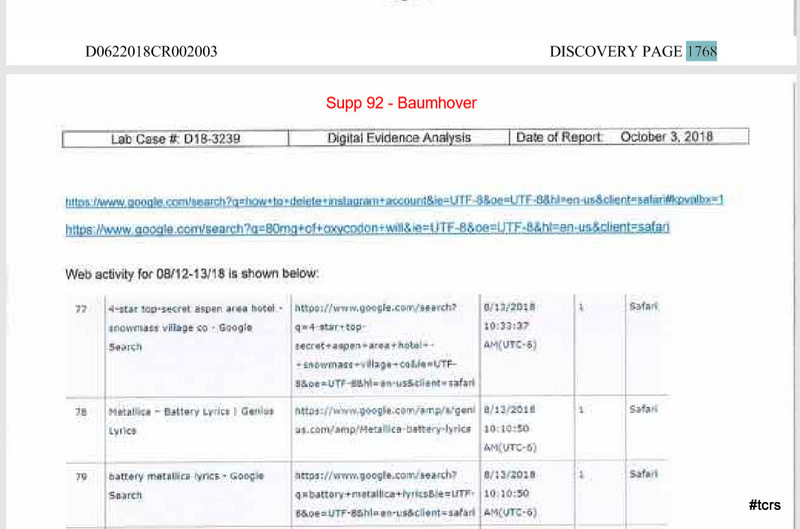









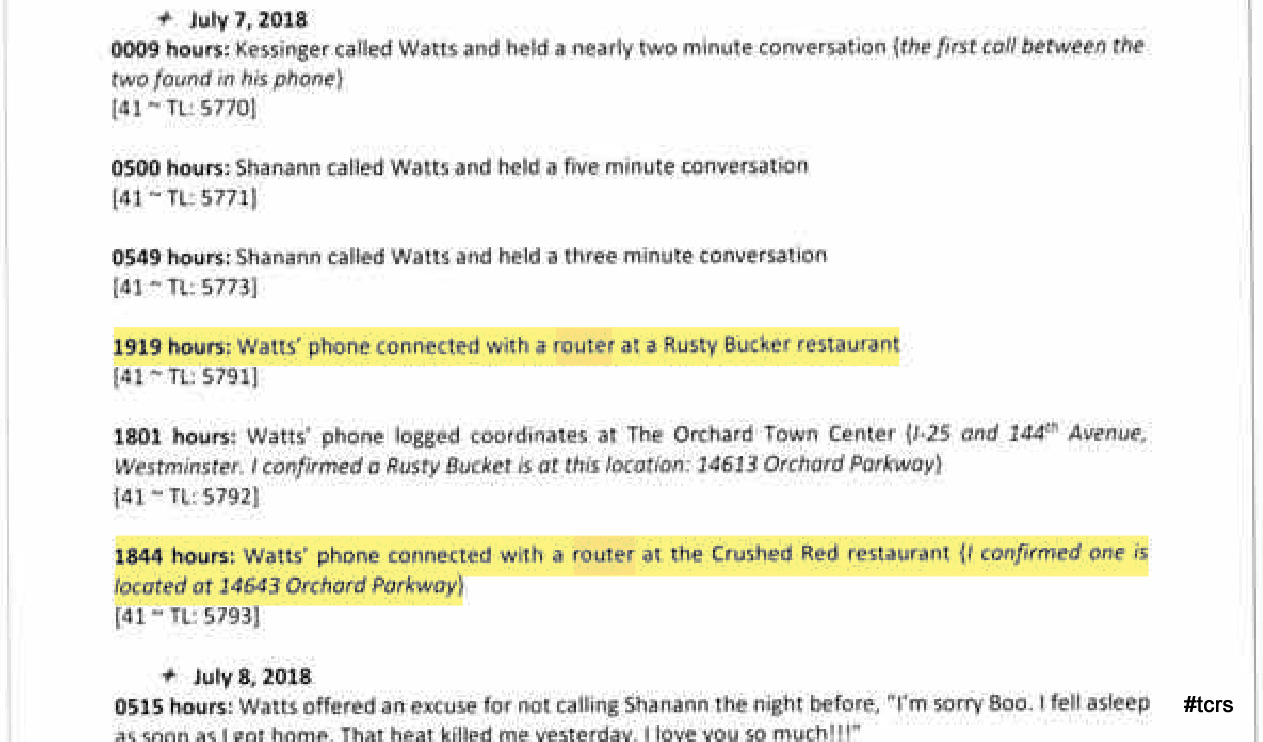
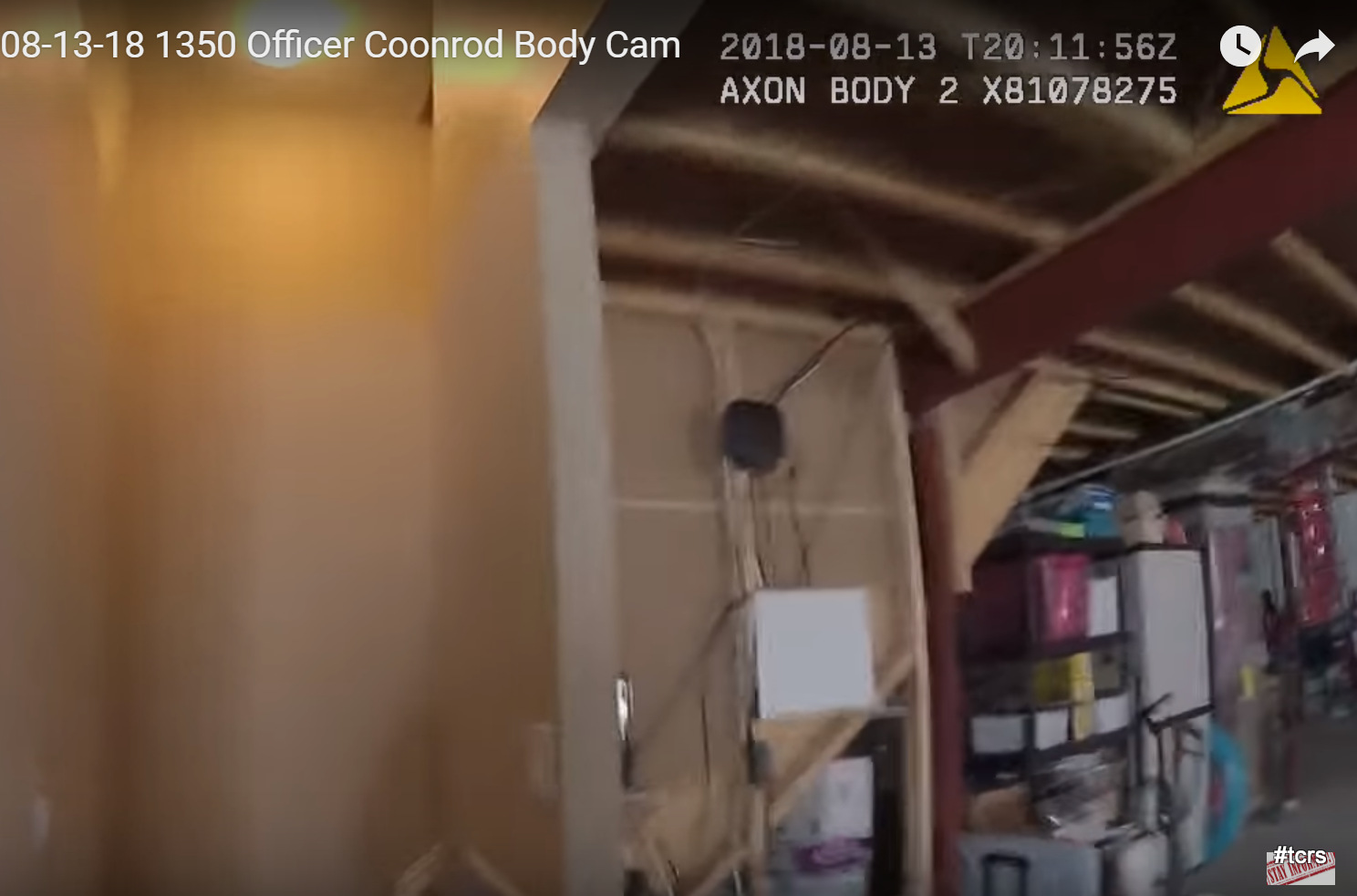
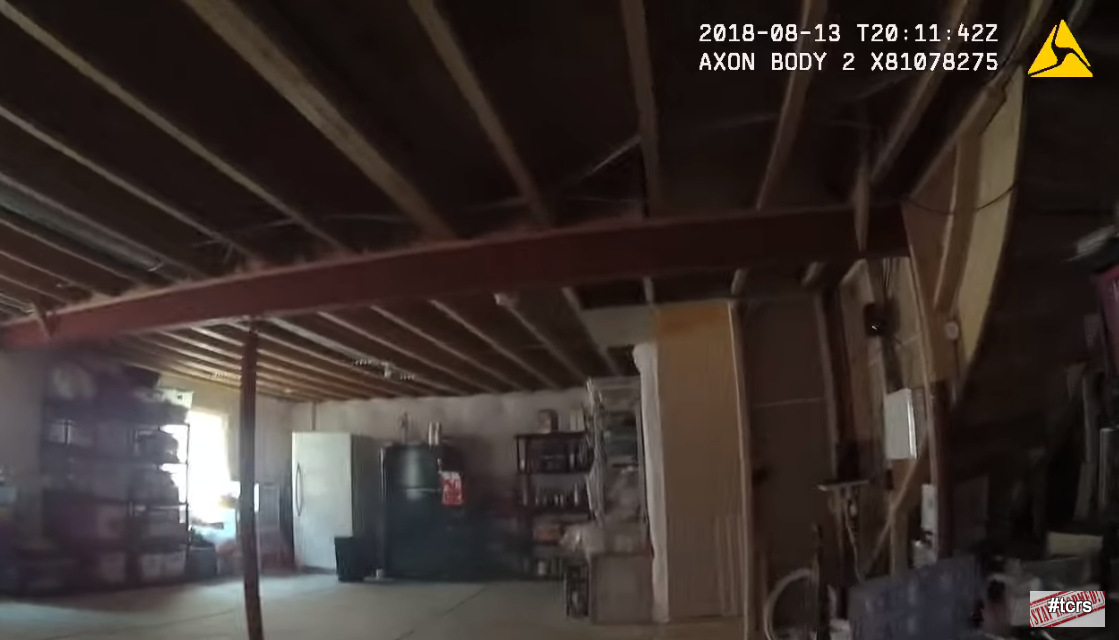
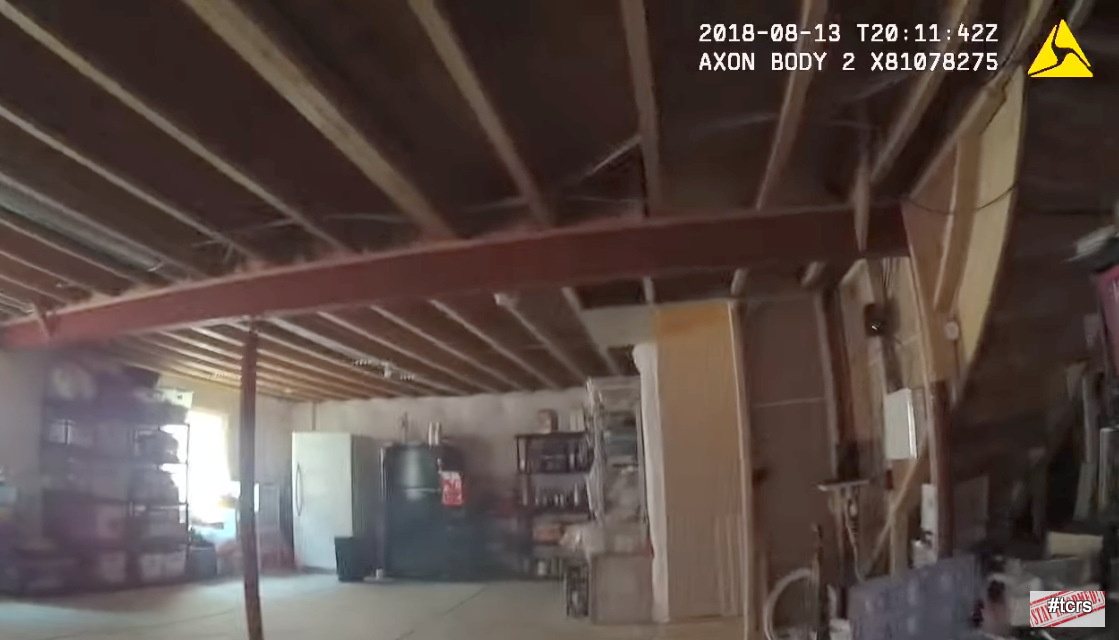
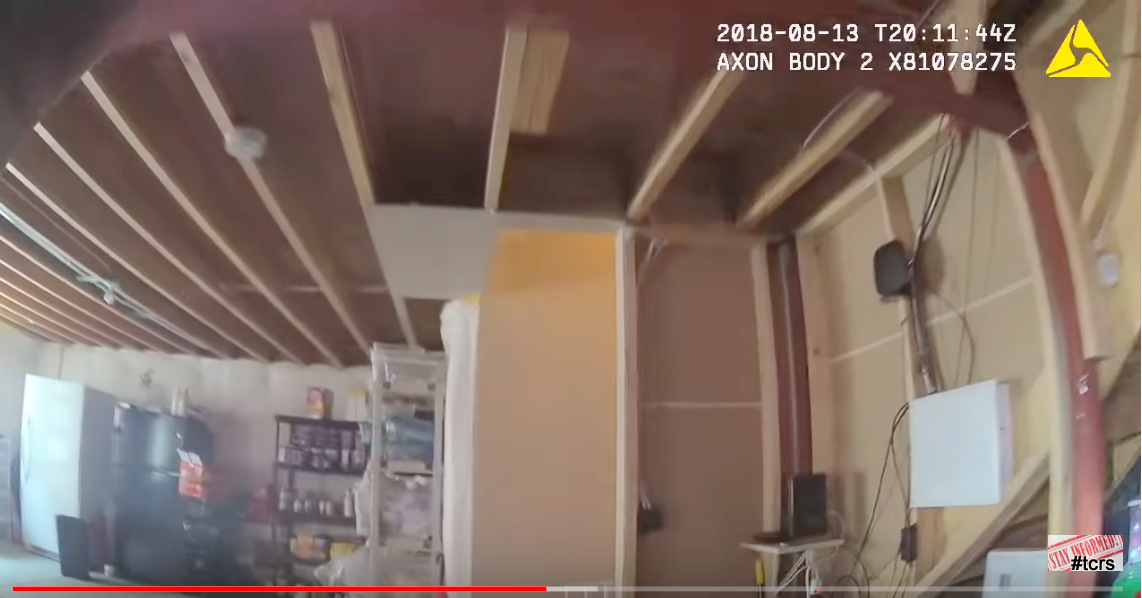
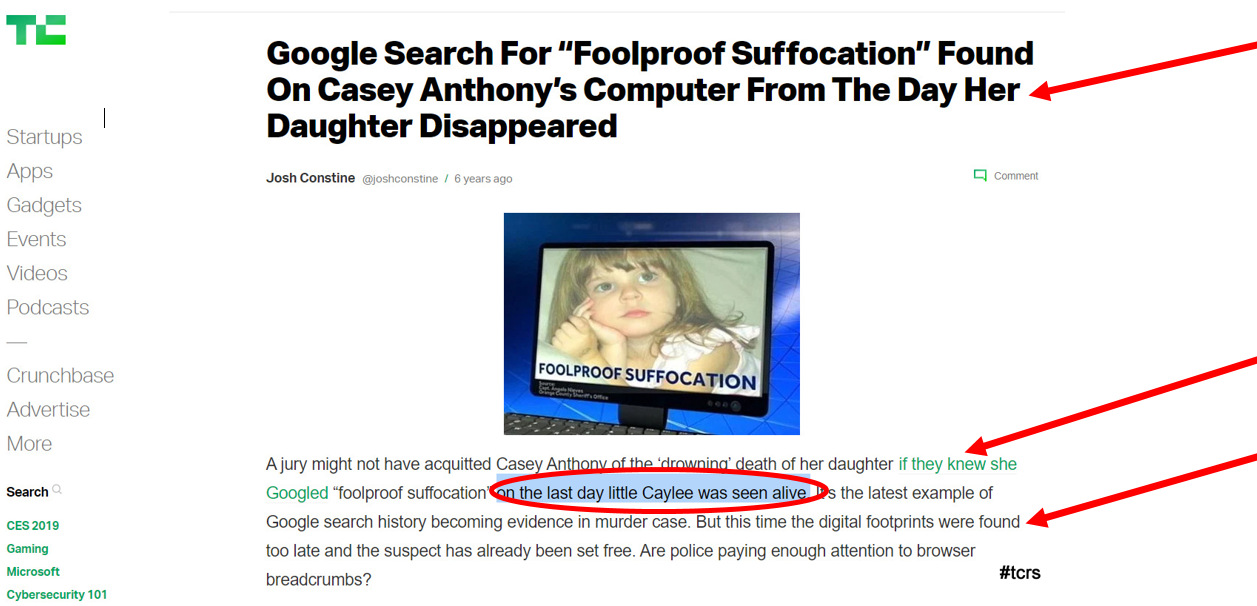

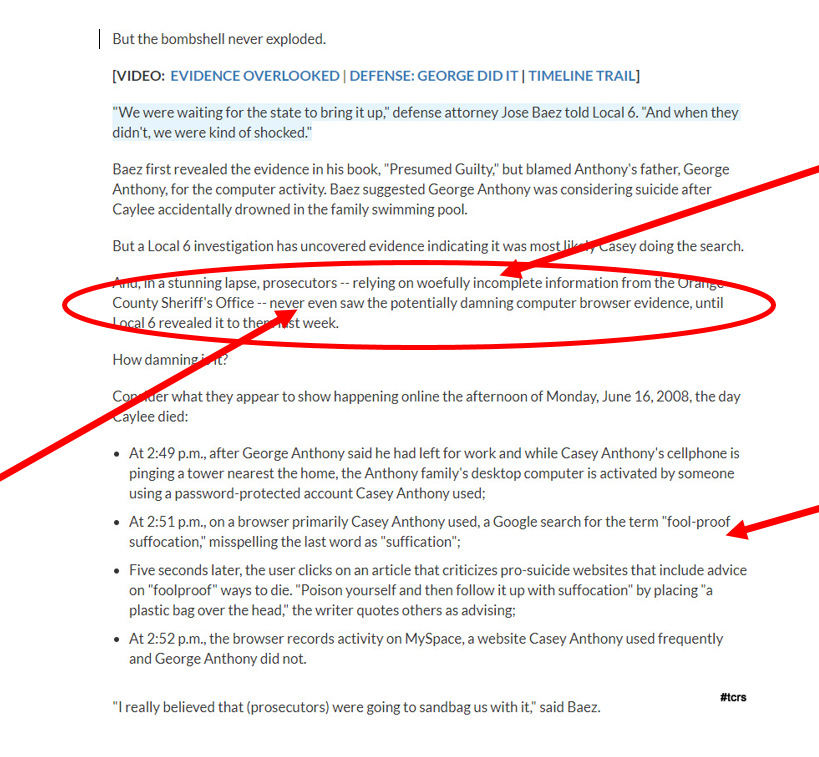
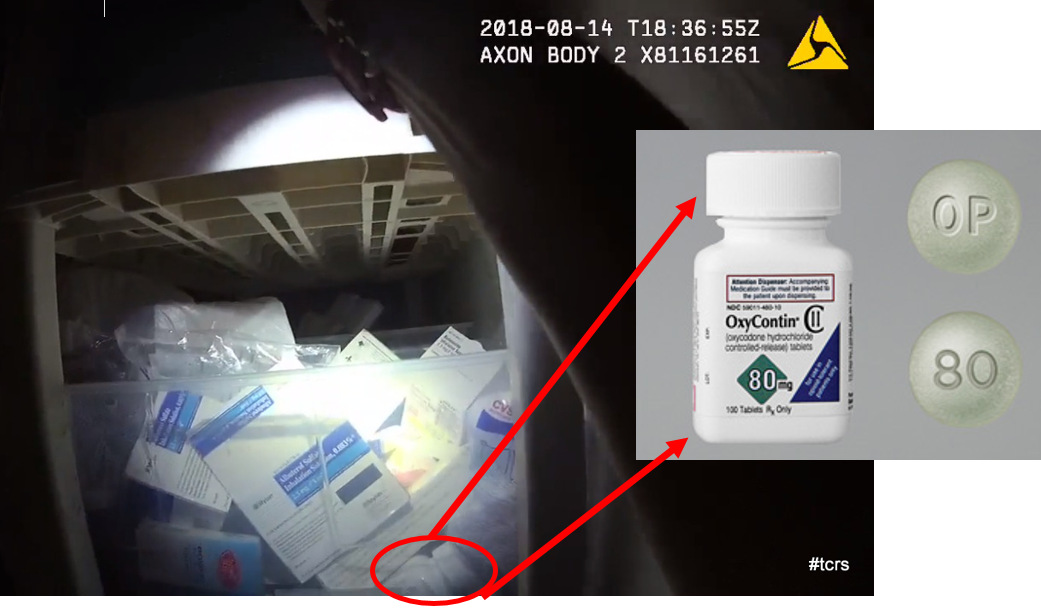

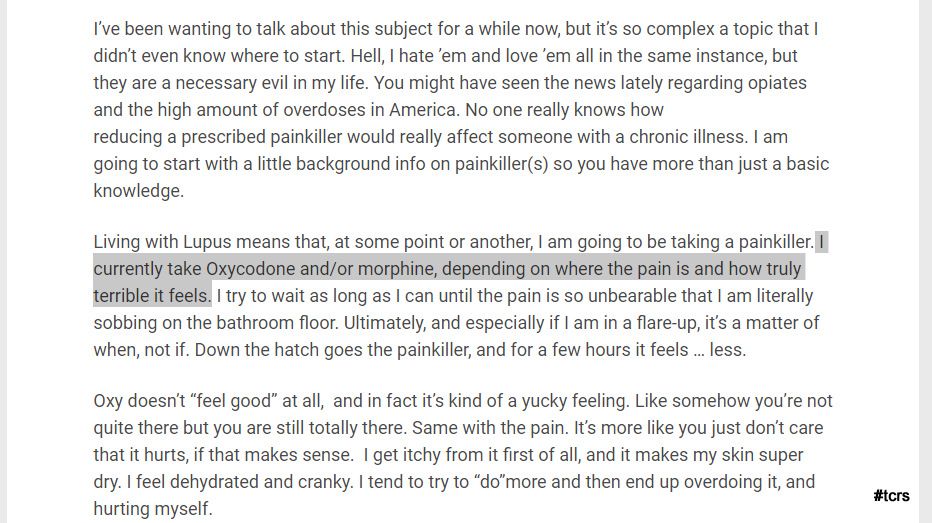





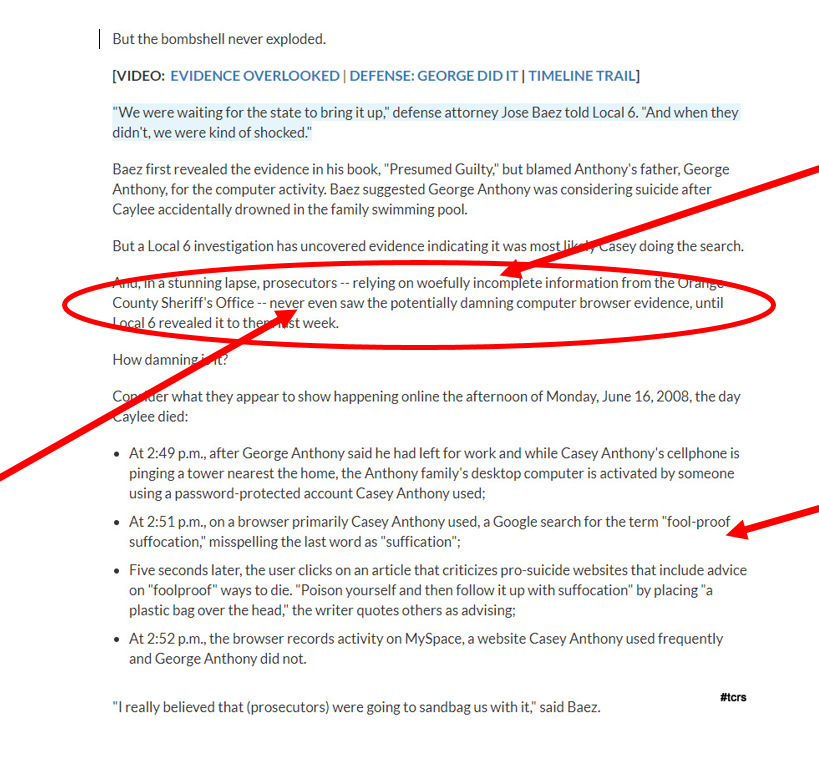
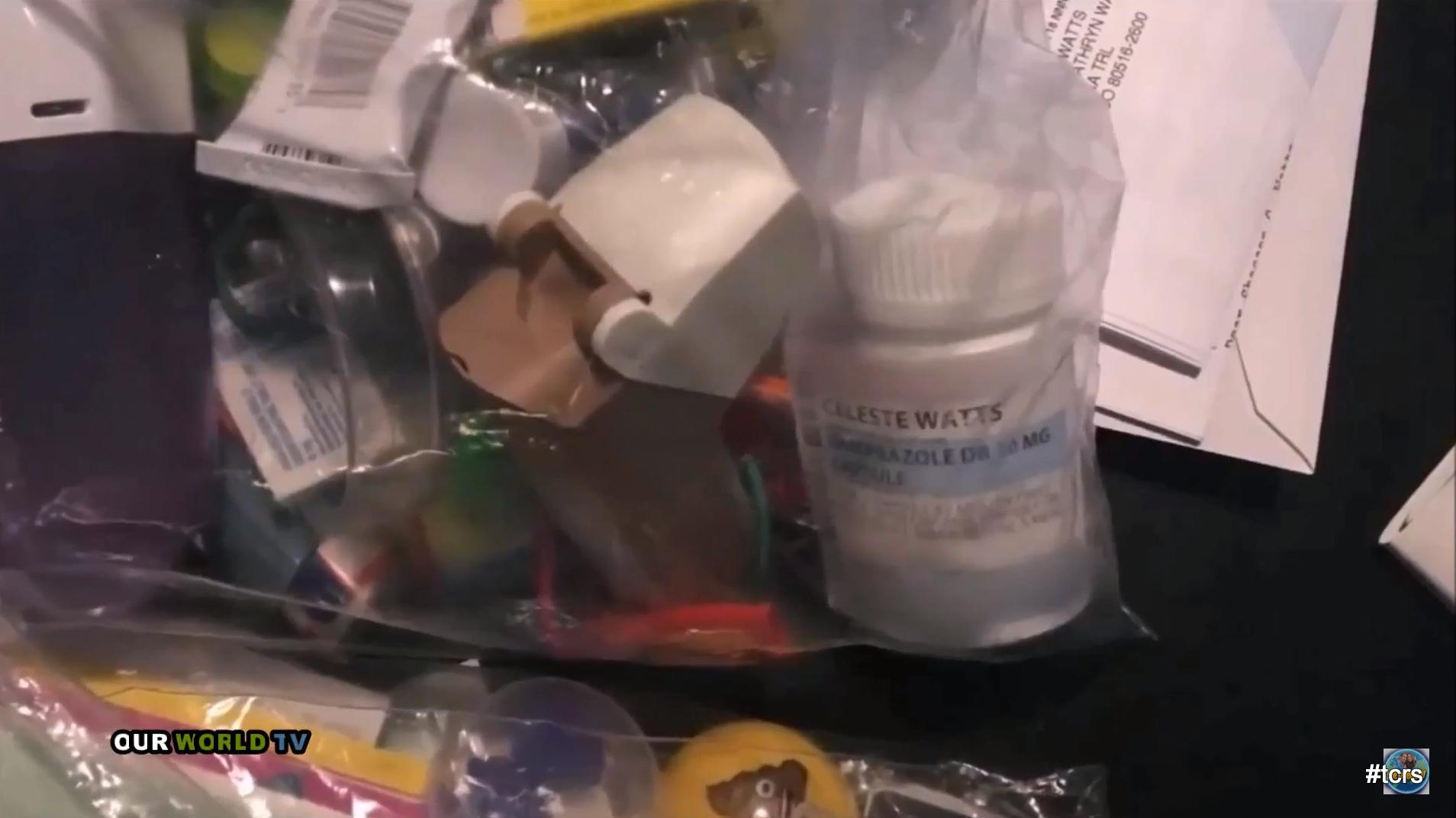
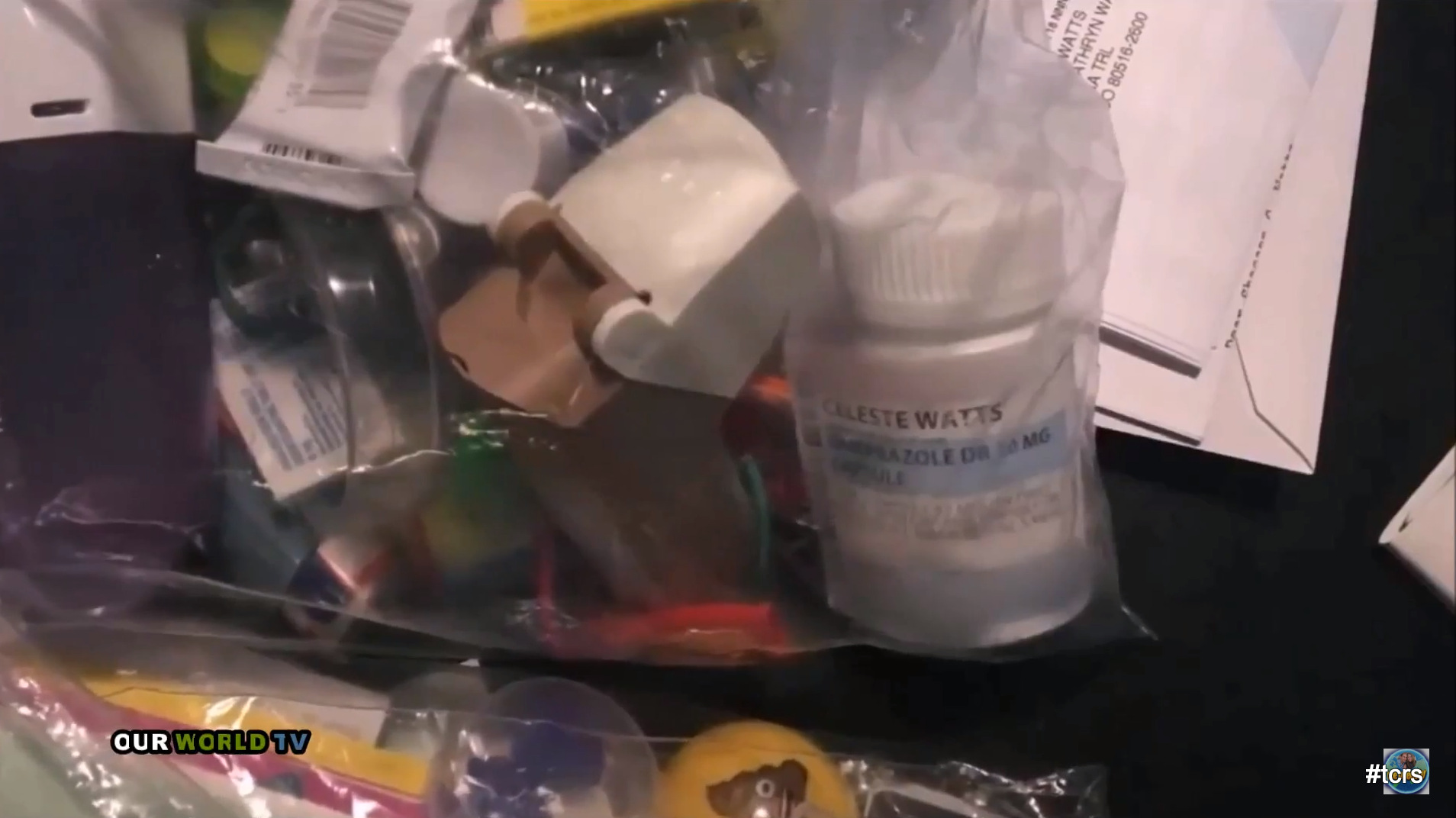

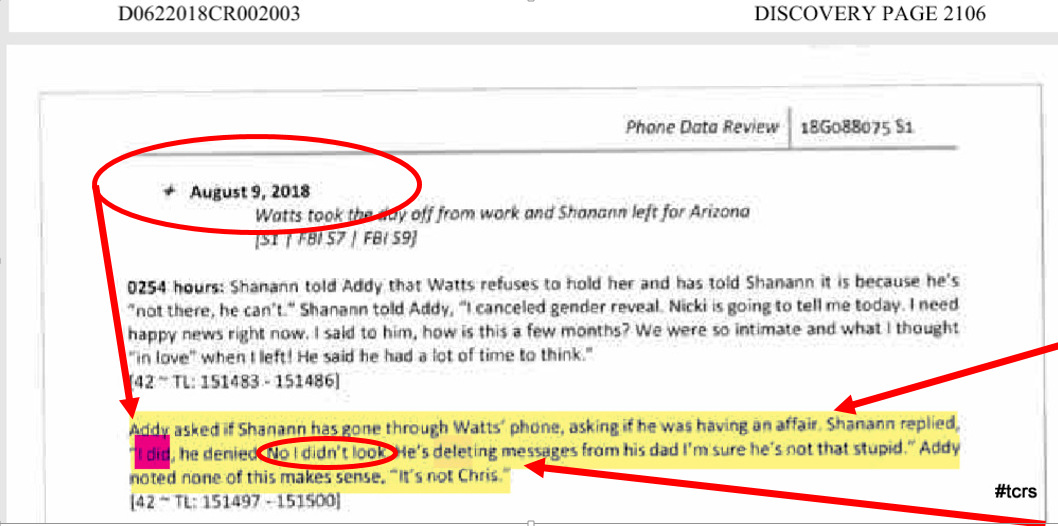

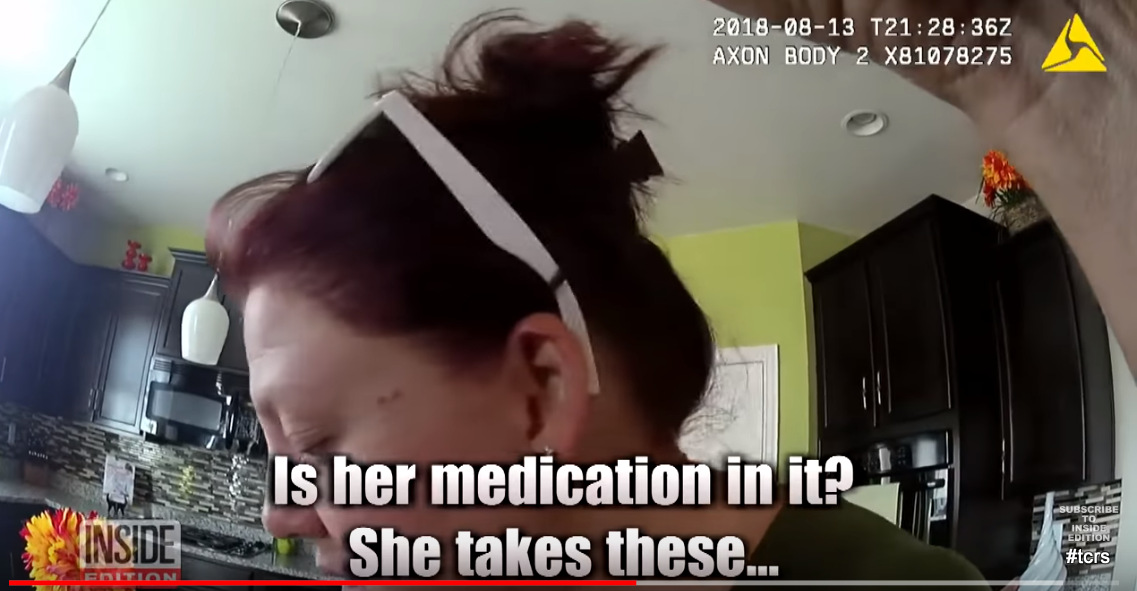
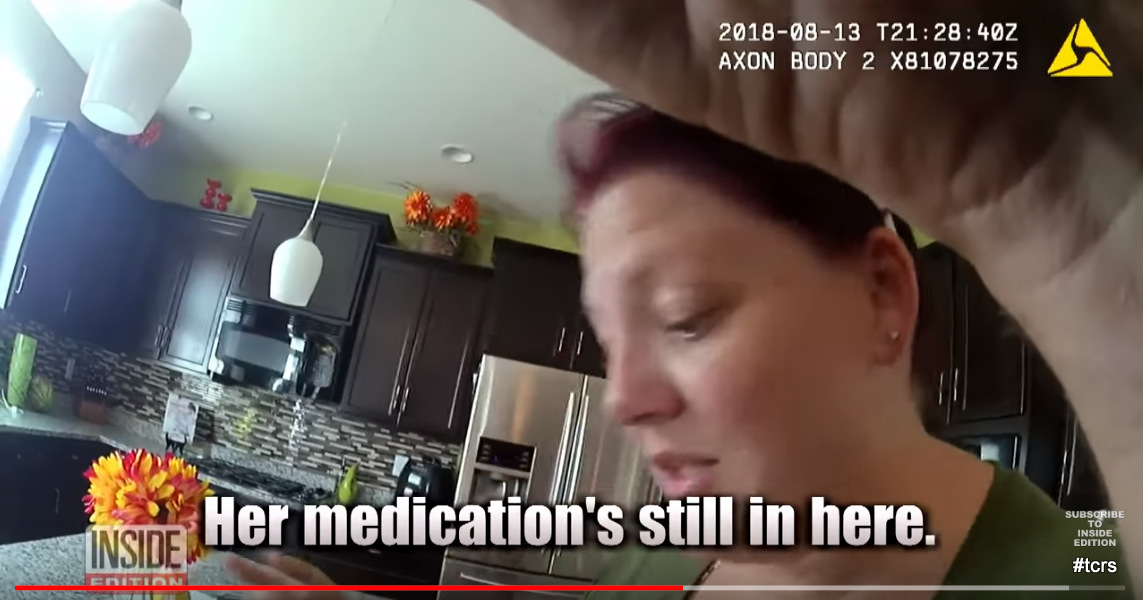
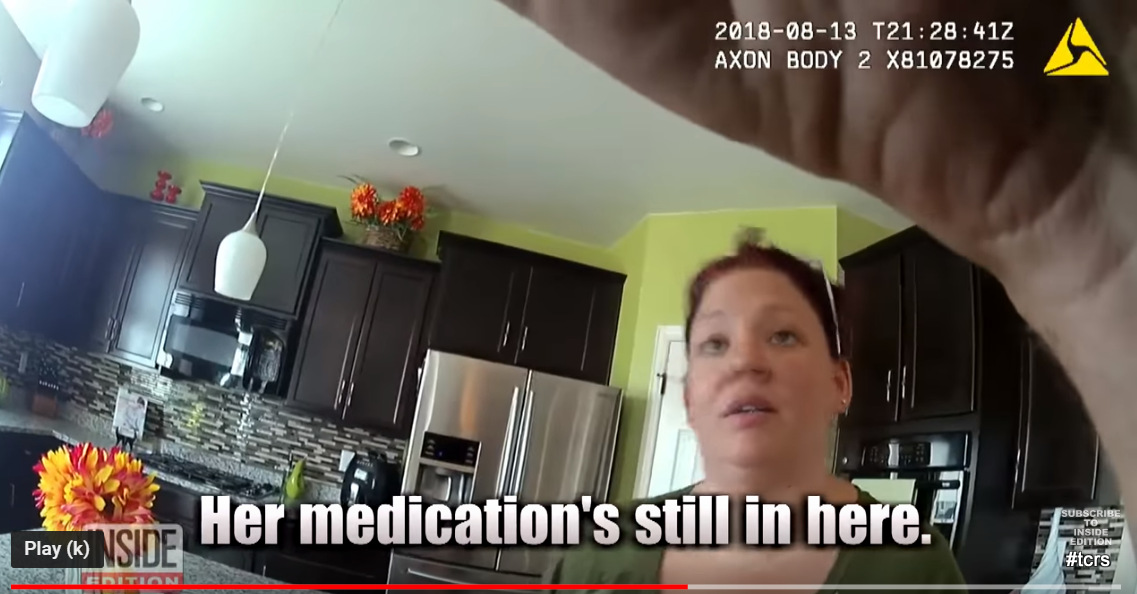
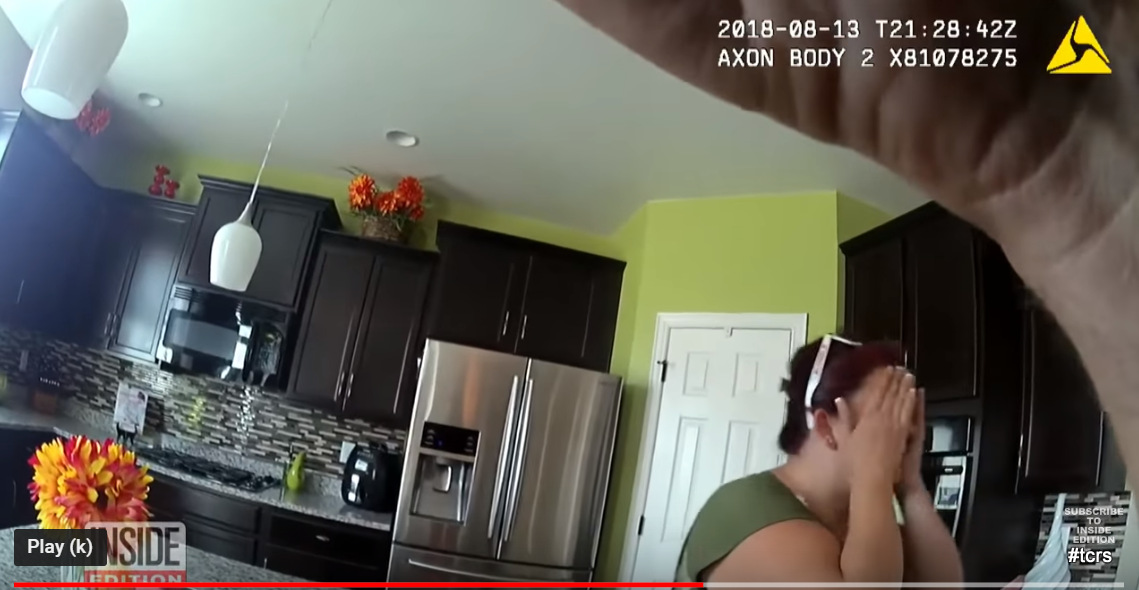
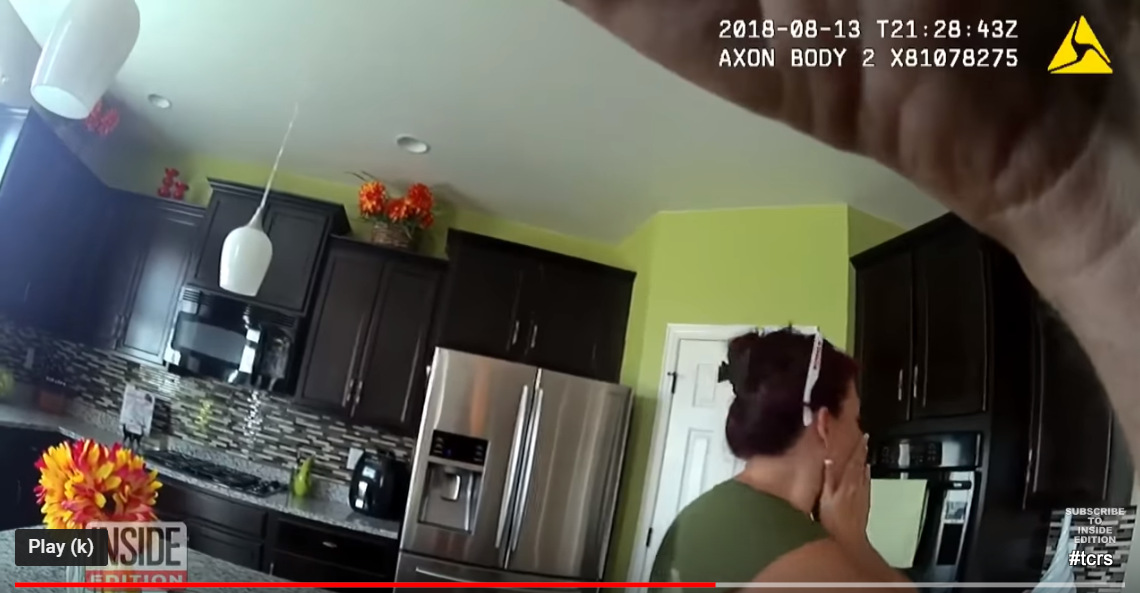










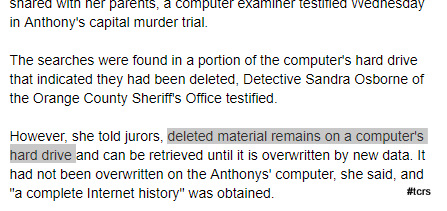

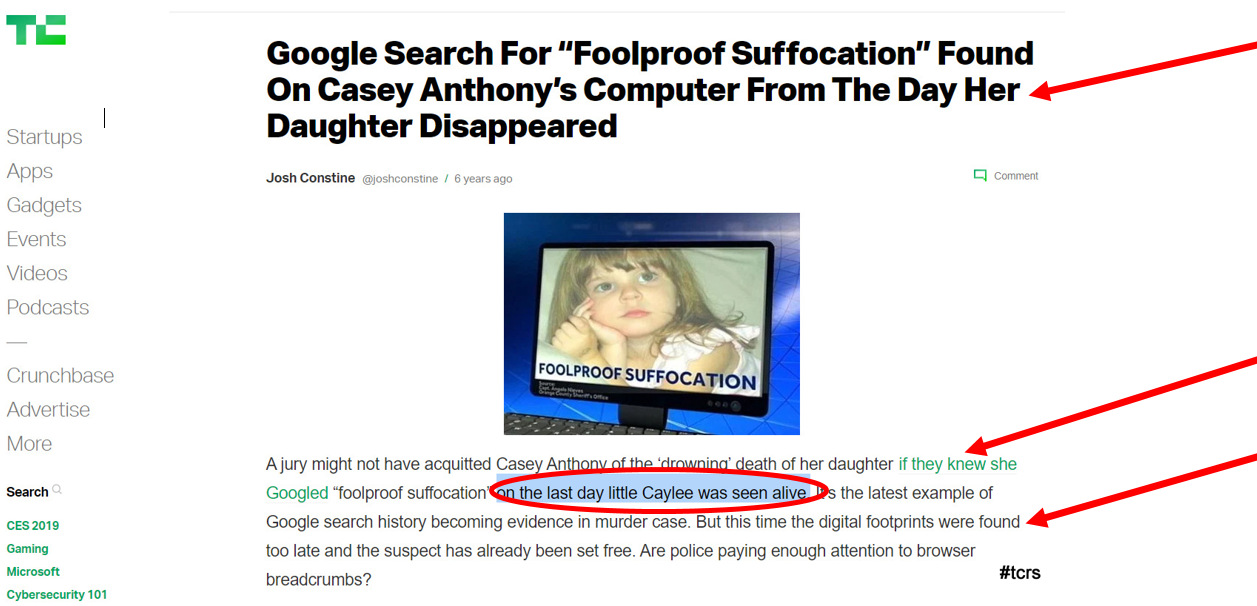


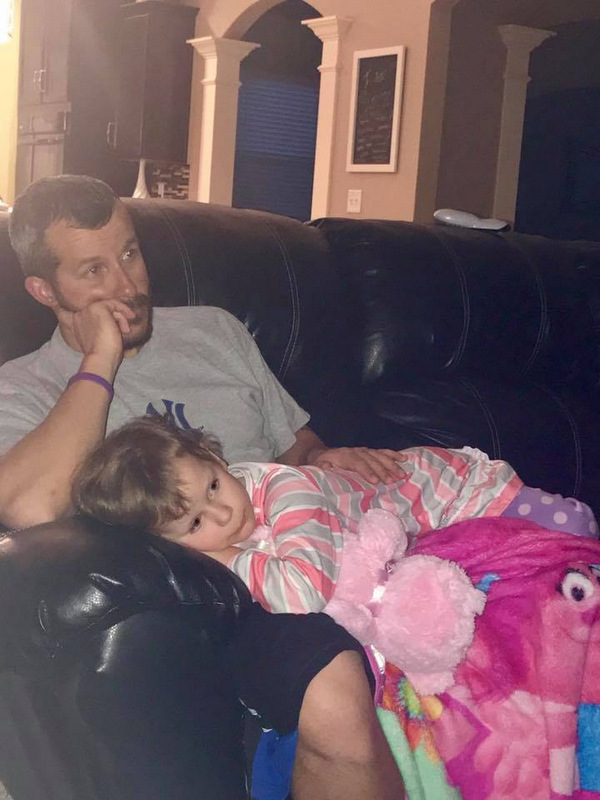




















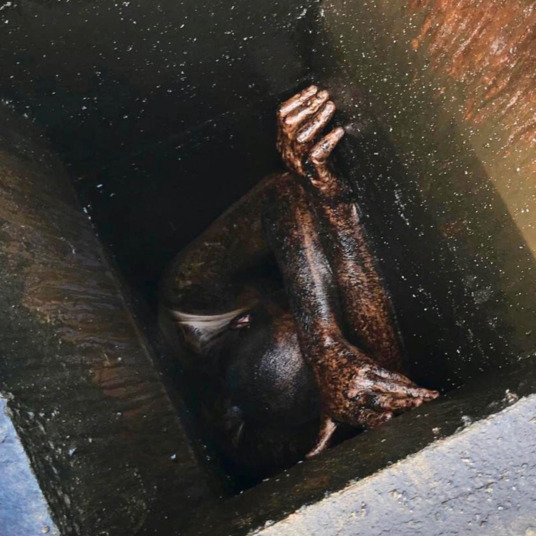























































































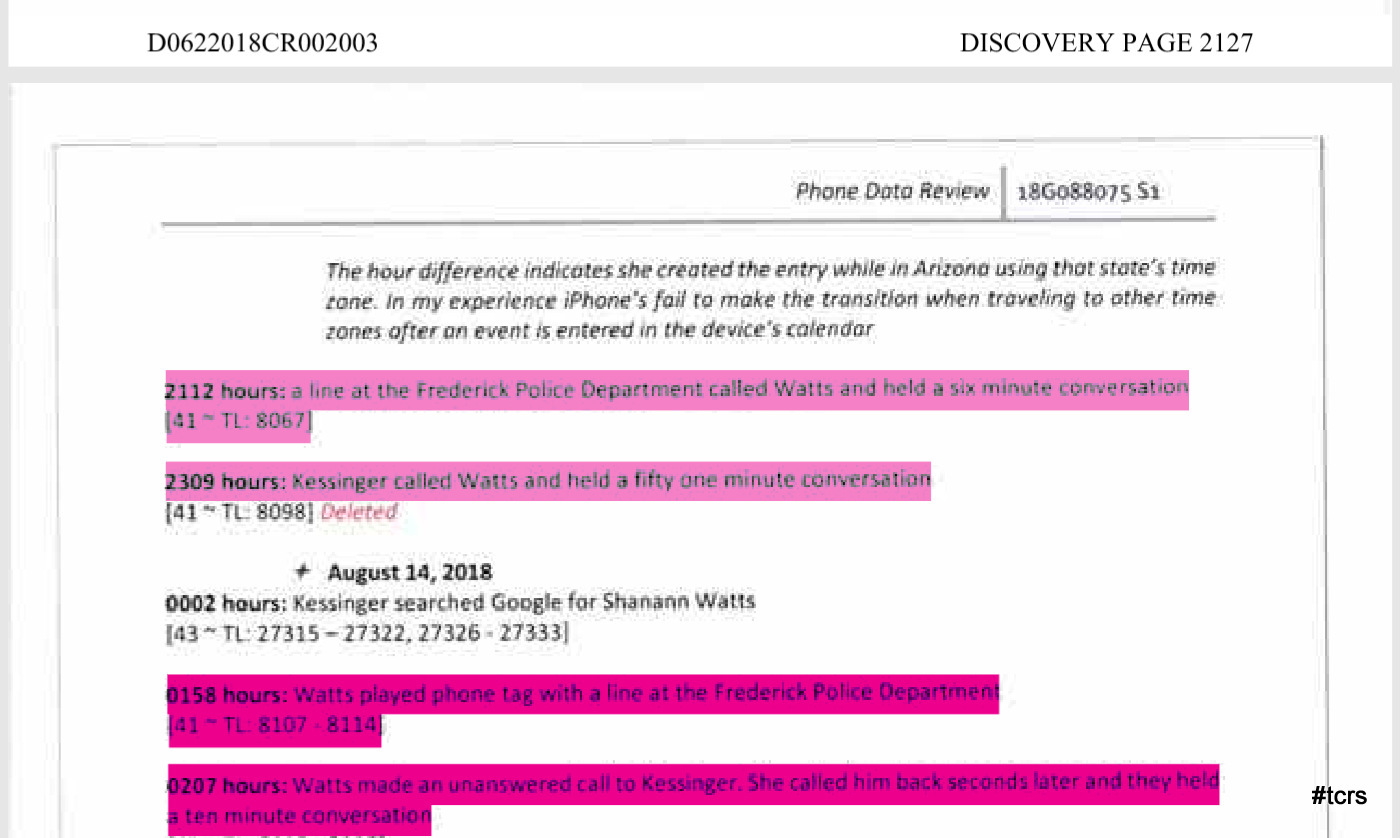




















Recent Comments